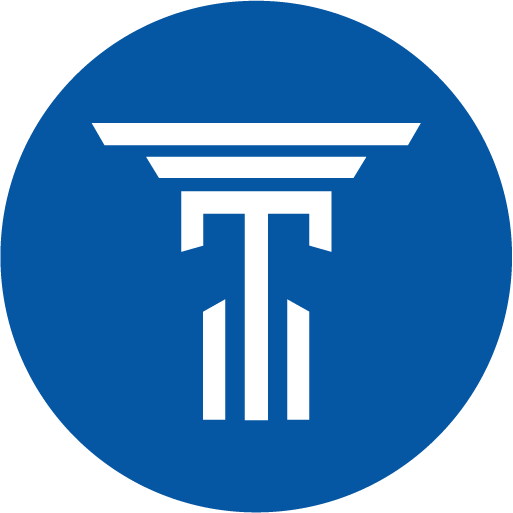Is Your Business Ready for the 2026 HSA Expansion?
What the One, Big, Beautiful Bill Act (OBBBA) Means for Employers
If your organization currently offers Health Savings Accounts (HSAs) or is considering pairing them with a High-Deductible Health Plan (HDHP) in your 2026 employee benefits package, it’s time to take note. The One, Big, Beautiful Bill Act (OBBBA), recently signed into law, significantly expands HSA eligibility starting in 2026.
This change could increase employee participation in HSAs — and make the HDHP+HSA model more attractive and cost-effective for your business.
Why HSAs Matter for Employers and Employees
Health Savings Accounts are powerful tools that offer triple tax advantages:
Tax-free contributions
Tax-deferred growth
Tax-free withdrawals for qualified medical expenses
When paired with HDHPs, HSAs can reduce overall employer health benefit costs, promote smarter medical spending, and give employees greater control over their health care finances.
Some key benefits include:
Long-term savings potential: HSAs can act as investment vehicles for retirement.
Lower premium costs: HDHPs generally have lower premiums than traditional plans.
Employee engagement: HSAs encourage employees to make more informed decisions about care.
However, HSA eligibility under current rules can be restrictive. That’s where the OBBBA comes in.
OBBBA Expands HSA Eligibility in 2026
The One, Big, Beautiful Bill Act introduces several HSA-related changes that employers should start planning for now.
1. Marketplace Bronze and Catastrophic Plans Now Eligible
Previously, individuals enrolled in Health Insurance Marketplace (exchange) plans, such as Bronze or Catastrophic tiers, were disqualified from contributing to HSAs. Starting in 2026, these enrollees will be eligible — expanding access for more part-time, gig economy, or non-traditional workers.
2. Direct Primary Care (DPC) Participation Allowed
The new law allows individuals enrolled in direct primary care arrangements (DPCs) to contribute to HSAs — if:
The DPC plan has a monthly fee of $150 or less for individual coverage, or $300 or less for family coverage.
The participant is also enrolled in a qualifying HDHP and receives no other disqualifying benefits.
These thresholds will be adjusted annually for inflation.
3. Permanent Return of the Telehealth Exception
Originally introduced in 2020 under the CARES Act, the telehealth coverage exception allowed HDHPs to cover telehealth services before a deductible was met — without disqualifying HSA eligibility.
That exception had expired, but the OBBBA restores it permanently in 2026. HDHPs can again offer first-dollar telehealth coverage without affecting HSA eligibility.
Why This Matters for Employers
These updates provide greater flexibility for employers with:
Remote or rural employees
Gig and part-time workers
Non-traditional insurance arrangements
The law clarifies who can participate in an HSA, allowing employers to confidently structure HDHP + HSA offerings with fewer eligibility concerns.
What Employers Should Do Now
With 2026 approaching quickly, employers should take proactive steps:
Review your current HDHP and HSA structure
Model potential cost savings and increased participation
Update benefit communication materials for employees
Evaluate whether new segments of your workforce will now qualify
Stelios Payroll can help your organization understand these updates and explore whether an HSA-eligible HDHP makes strategic sense for your benefits package.
Need guidance on updating your benefits strategy for 2026?
Contact Stelios Payroll today to speak with one of our experts on payroll-integrated benefits planning.




